Table of Contents
In the quest for how to reduce acid reflux (also known as heartburn) naturally, milk is a common suggestion. However, does milk genuinely help with heartburn, or is it an unverified remedy? Let’s explore the link between milk and acid reflux.
We’ll also share the best milk for acid reflux and offer tips to ease heartburn discomfort.
Milk and acid reflux: A myth or real connection?
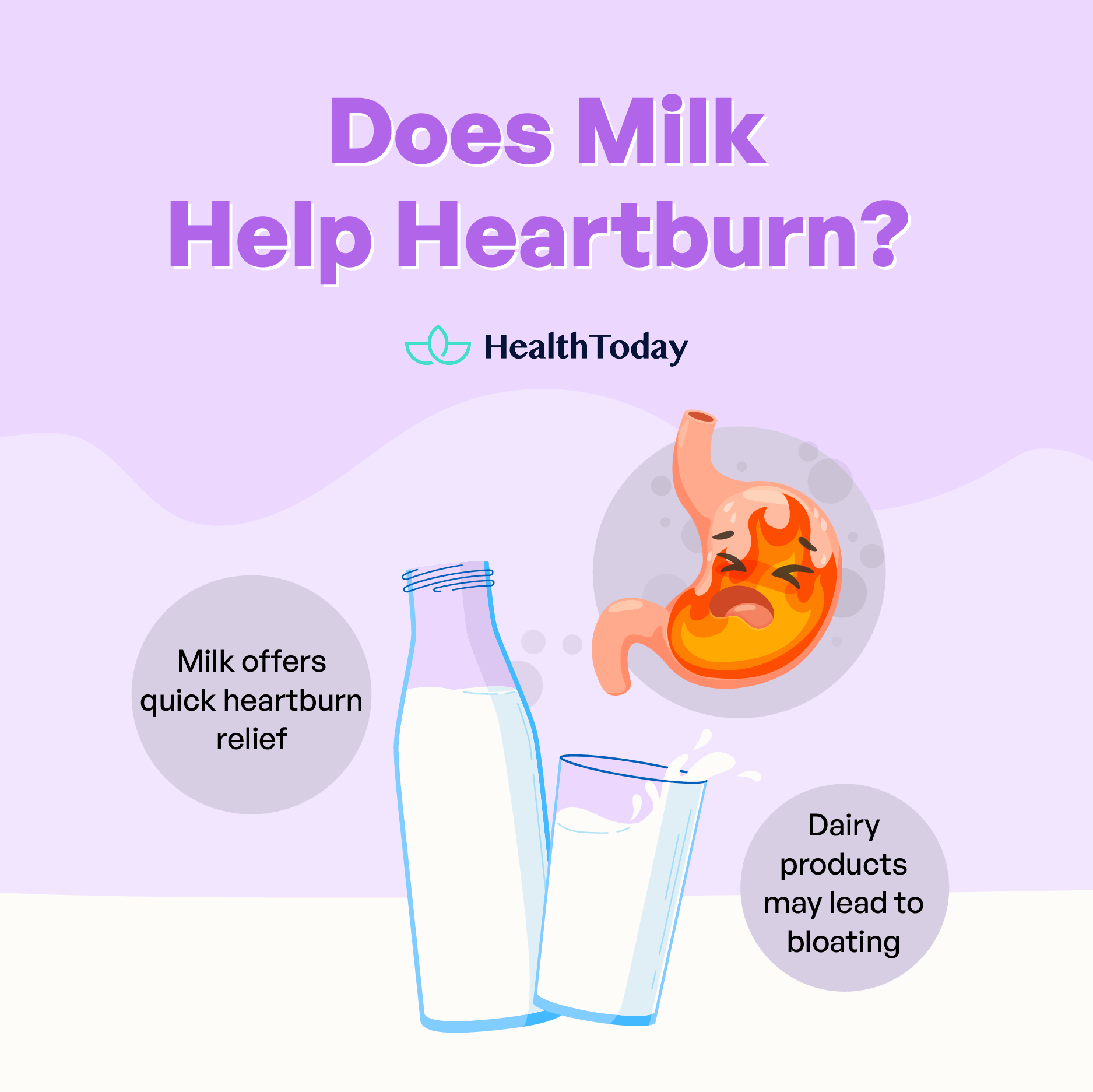
In movies, when a character takes a spicy bite and reacts with mouth-fanning, they usually rush to grab milk.
Due to its calcium and protein, milk is thought to cool the spice and relieve heartburn. But is there a real connection between milk and reducing acid reflux?
What are GERD and heartburn?
Gastroesophageal reflux (GER) is when your stomach contents (foods, acids, and enzymes) flow back into your esophagus, sometimes without symptoms (1).
GER is also known as acid reflux, acid indigestion, heartburn, and acid regurgitation (1). When GER becomes more severe and long-lasting, it’s called gastroesophageal reflux disease (GERD), affecting 20‒27 percent of people in the US and western countries (2, 3).
GERD may occur due to changes in the lower esophageal sphincter (LES), a valve-like tube connecting the throat and stomach. A relaxed LES can lead to acid reflux. Other causes are a weak LES, hiatal hernia, esophagus problems, or slow stomach emptying (4, 5).
GER and GERD commonly cause heartburn and regurgitation. Heartburn is a painful, burning sensation in your chest, sometimes rising to your throat, with a sour taste or vomiting. Regurgitation occurs when your stomach contents flow into your throat or mouth, often with a taste (2, 4, 5).
Not all those with GERD have heartburn or regurgitation. Other possible symptoms are (2, 4, 5):
- Chest pain, which can be mistaken for a heart issue
- Bad breath, nausea, and vomiting
- Difficulty or painful swallowing
- Feeling like there is a lump in the back of your throat
- Complication symptoms in the mouth, throat, or lungs like wheezing, chronic cough, asthma, or hoarseness.
Why is GERD problematic? Unlike the stomach, our esophagus isn’t protected from acid and enzymes. When stomach juices touch the esophagus lining, it can disrupt sleep and emotional well-being (3, 6, 7, 8).
Is milk good for acid reflux?
Milk, particularly cow’s milk, is cool, thick, rich, and creamy, which can soothe and cool down heartburn. There is a belief that milk can “coat” your throat and stomach to help reduce acid reflux naturally.
Does milk stop heartburn? Unfortunately, the short answer is no: Milk offers a comforting sensation rather than a definitive remedy (9)
Does milk coat your stomach? There is no scientific evidence to back that up.
Does milk help with GERD in the long run?
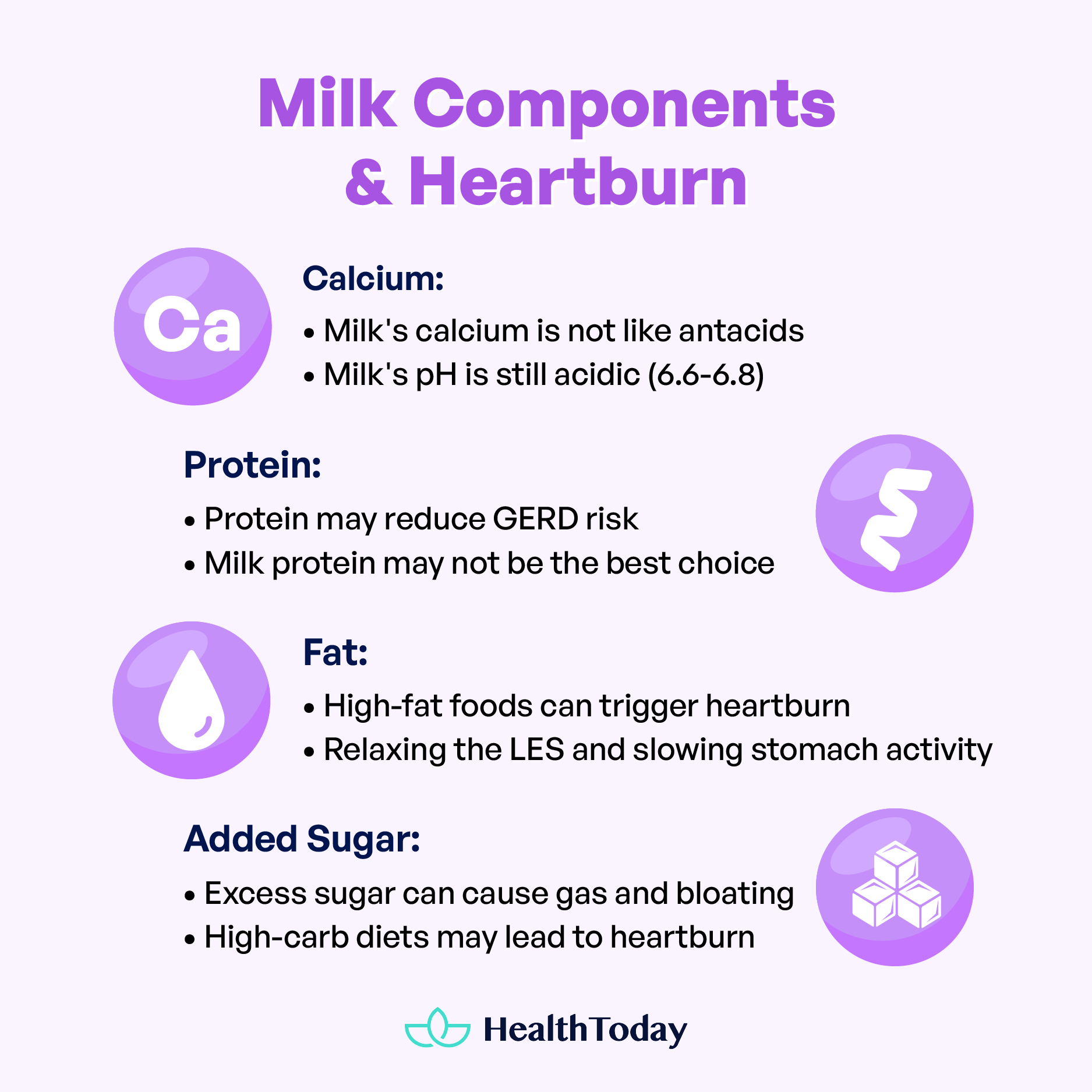
Will milk help acid reflux over time? Let’s look at the role of calcium, protein, and other milk components to find out.
Calcium
Milk is a great calcium source for strong bones. A cup contains 250‒300 grams, which is 18 to 23 percent of your daily value (10, 11, 12). Due to its calcium, is milk considered an antacid to neutralize stomach acid causing heartburn?
Antacids often contain calcium carbonate and magnesium (13). Calcium carbonate increases gastrointestinal motility, helping to empty the stomach of acid (14). But milk’s calcium is calcium phosphate and milk is low in magnesium (15, 16). Plus, milk is slightly acidic with a pH of 6.6‒6.8 (17, 18).
Protein
Regarding protein, a cup of milk contains about 8 grams, roughly 16 percent of your daily value (10, 11, 12, 19). A study suggests that having more protein as an evening snack is associated with a lower GERD risk (20).
However, another small study showed that meals with more vegetable proteins were linked to fewer post-meal reflux symptoms compared to meals with more animal proteins (steak, veal, cheese) (21). However, this can not be extrapolated to milk, as milk was not tested.
Additionally, protein can stimulate the release of gastrin for digestion (22). One study found that GERD patients had higher fasting gastrin levels than healthy people (23). Yet there are limited studies on how dietary protein impacts GERD, and results have been mixed (17, 20, 24).
Fat
A cup of whole milk serves 8 grams of fat, or 10 percent of your daily value (10, 12).
Fat is the most calorie-dense nutrient, providing nine calories per gram compared to 4 calories in carbs and proteins. Digesting fat might require the release of substances that could irritate the esophagus lining, relax the LES, slow down stomach activity, and cause heartburn (17, 25).
However, a recent study found that increasing low-fat or full-fat milk consumption to at least three servings per day didn’t impact GERD symptoms in people with metabolic syndrome, compared to those who consumed less milk (26).
Added Sugar
A cup of whole milk may contain 12 grams of sugar (10), and skimmed or low-fat milk can have some added sugar to make up for the missing creaminess of fat (11, 27). The FDA suggests not going over 50 grams of sugar a day (12).
Sugar is one of the main causes of gas and bloating (28). Also, a high-carb diet may trigger heartburn by relaxing your LES (17). So, be sure to check your milk’s nutritional label for added sugar.
Clinical Trials
In a survey of 11,690 health check-up people, drinking milk was linked to a lower risk of non-erosive gastroesophageal reflux disease (NERD). However, milk intake may increase the chances of reflux esophagitis, especially in women (29).
Milk and its association with heartburn or treatment of heartburn is unclear (25, 30). If you have persistent heartburn despite lifestyle changes and over-the-counter remedies, consult your doctor.
Does milk help with heartburn during pregnancy?
Up to 80 percent of some populations in the US experience GERD during pregnancy, especially during the third trimester (31), with about 20 percent continuing to have symptoms after giving birth (6).
A study found that pregnant women in Jordan found home remedies like cold milk “useful” for heartburn relief (32).
While milk can provide a sense of relief, it doesn’t address the root cause and should not become a habit, especially if it’s full-fat or sugary milk (10, 33). Also, if the pregnant woman is lactose intolerant, drinking milk may cause digestive discomfort (nausea, pain, bloating, or farting) and worsen heartburn (33, 34, 35).
Is milk good for indigestion?
Acid reflux is also called acid indigestion and can cause symptoms like (1, 4, 36):
- Feeling full and bloated
- Nausea and vomiting
- Burping or passing gas
- Heartburn and regurgitation
Milk can offer some quick relief from heartburn, but there is no evidence it helps in the long run. In fact, milk and other dairy products may make you further bloated (28).
A study showed that after consuming over three dairy servings a day, participants ate 209 more calories than their low-dairy consuming counterparts. However, their hunger feelings did not change (33). In some other studies, even if milk drinkers eat less in their next meal, their overall daily calorie intake goes up (37, 38, 39). Eating more calories can worsen indigestion because a full stomach exerts more pressure on your LES (40).
Milk can temporarily ease heartburn, but it’s not a lasting solution. It’s not an antacid despite its calcium content. Plus, milk’s fat and added sugar might not be ideal for GERD, so look for fat-free milk However, there is not a lot of research to support milk as the best method for treating heartburn.

Best milk for acid reflux
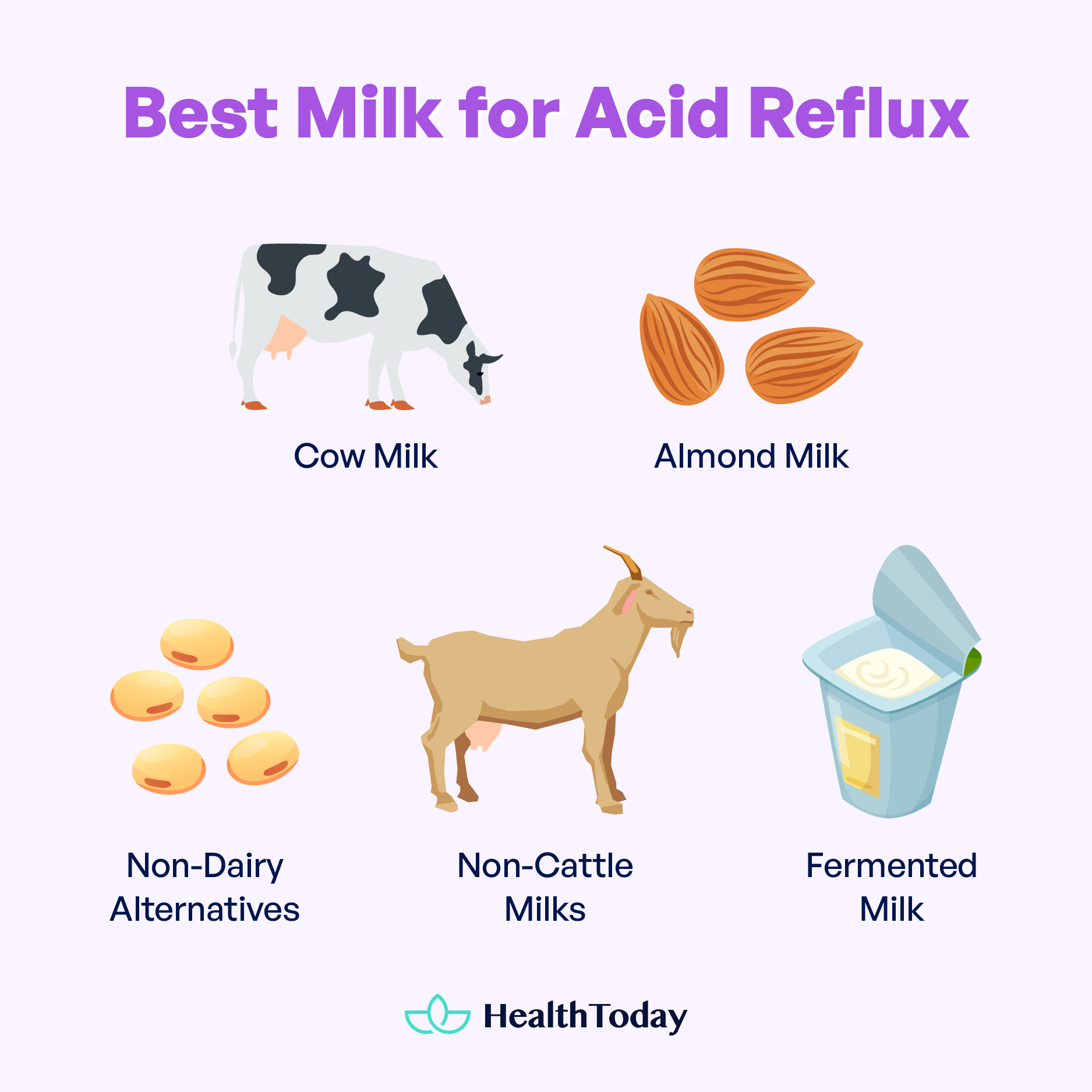

Some alternatives to regular cow’s milk might be gentler on your stomach, but the scientific evidence for milk alternatives’ potential in curing acid reflux naturally is limited. One rule of thumb is to avoid milk with added sugar.
What suits one person may not suit another (25), so you might need to try and find what works for you.
Is cold milk good for acid reflux?
Despite cold milk’s soothing and chilly effect. It maintains its fat and sugar content, which has been associated with an increased risk of GERD (25).
If you drink milk, choose lower-fat and lower-sugar versions such as ‘reduced fat’ (2 percent milkfat), ‘low fat’ (1 percent milkfat), or ‘non-fat’ (skim) milk (41). These may have 0–5 grams of fat (11, 19, 27).
Is almond milk good for acid reflux?
Almond milk is a dairy-free option for people with acid reflux, lactose intolerance, or dairy allergies (42). It’s best to choose unsweetened and unflavored versions (17, 42).
Does almond milk help acid reflux? Using almond milk for acid reflux is a good low-fat option, with 1–2.5 grams of fat per cup (43, 44). Plus, almonds contain healthy fats that can neutralize stomach acid (45).
Note that if you have nut allergies, consider other non-dairy alternatives like soy, rice, hemp, or oat milk, and stick to the unsweetened varieties (46, 47, 48).
Types of milk products and acid reflux
Experts suggest that buttermilk, cheeses, and aged hard cheeses can be easier to digest than normal milk (49), but they are typically high in fat (50, 51).
Non-cattle milk—such as goat, sheep, camel, horse, and donkey milk—might be easier on your digestion, less allergy-prone, and closer in composition to human milk (52). However, their fat content is comparable to cow’s milk, from 7‒10 grams (11‒13 percent DV) per cup. So, go for low-fat options (53, 54).
Low-fat fermented milk, like yogurt and kefir, can provide relief similar to milk but with added benefits from probiotics, which aid digestion. Yogurt is often better tolerated than lactose-free milk (55, 56, 17). To find out if they work for you, try consuming yogurt or kefir regularly for at least a month (57).
Avoid chocolate milk and lattes as their sugar and caffeine levels can trigger heartburn (25).
While alternatives to regular cow’s milk are easier to digest, scientific evidence supporting their effectiveness in acid reflux is limited. The golden rule is to choose low- or non-fat milk without added sugar.




Natural ways to reduce acid reflux
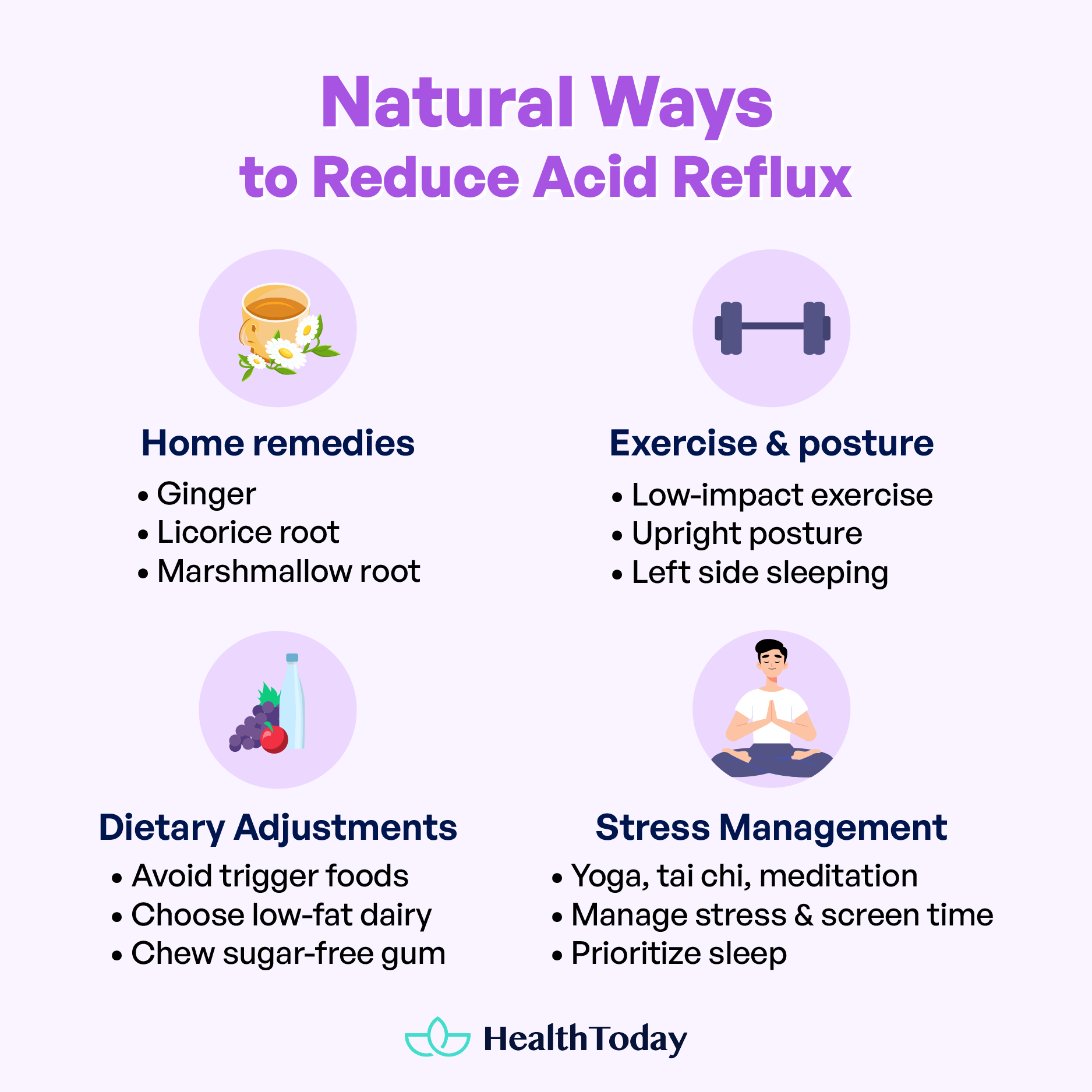

It turns out that “How to relieve acid reflux naturally?” is not a hard question. You can start by making lifestyle changes instead of relying on milk or medications for a quick fix (4). Practical tips include reducing meal sizes and cutting back on carbs and late-night snacks.
Quitting smoking, losing weight, and elevating the head of your bed are recommended by experts for lasting relief (2, 17).
Home Remedies
There is a wide range of home remedies to heal acid reflux naturally:
Ginger
Ginger root has been used for centuries to relieve heartburn, indigestion, nausea, and vomiting (58). This herb can also help speed up stomach emptying and reduce gastric acid production (6, 45). You can make ginger tea, use ginger supplements, or try ginger gum to enjoy these benefits.
Licorice roots
Licorice roots contain compounds that inhibit acid secretion and protect the esophageal lining (45, 58). You can use them in cooking or brew some tea, yet be cautious not to overdo it, which may have side effects. Consider the “DGL” varieties (pills or extract), which have the unfavorable substances removed (59, 60).
Marshmallow root
With mucilage properties, marshmallow root can create a protective barrier against stomach acid that may help get rid of acid reflux naturally (58, 60). You can make marshmallow root tea or take supplements.
Some plants do not address the root causes, but they can be natural ways to reduce acid reflux symptoms (58, 60):
- Aloe vera: Research suggests that 10mL of aloe vera syrup daily can help soothe your digestive system and reduce GERD symptoms frequency (45, 61).
- Chamomile: Chamomile tea is known for its calming effects and has been traditionally used for stomach issues and muscle cramps (62). Enjoy it before or after meals, but be cautious if you’re allergic to ragweed.
- Fennel seeds: Fennel seeds are a popular natural remedy for indigestion, bloating, and gas. They also have pain-relieving properties (63). Chew on fennel seeds or brew fennel tea.
- Papaya: This fruit contains digestive enzymes (papain) that may help with constipation and bloating (64, 65). Eating ripe papaya could lower the risk of acid reflux, yet be mindful of its sugar content.
- Dandelion roots: Dandelion has long been a traditional remedy for liver and digestive issues (66, 67). Sip on dandelion root tea to ease heartburn.
Before trying any herbal remedy for GERD, consult with your doctor, especially if you are pregnant, nursing, on medications, or have underlying health conditions (6). Herbal remedies should complement rather than replace conventional medical treatments for GERD.
Exercise and posture
How to heal acid reflux naturally and easily? The answer is moving more to improve your gastric motility (6). Many factors contributing to GERD—sitting too much, excess weight, or stress—can be improved through physical activity (1, 4).
The ideal approach is regular exercise for at least 30 minutes, three times a week. Yet, exercise in moderation and with certain precautions, especially if you have GERD. One study on athletes found that intense running can increase reflux (25).
More research is needed to pinpoint the best exercise type for alleviating GERD symptoms, but it is better to avoid jumping, intense abdominal workouts, or being upside down (like headstands).
In most cases, you can opt for low- to moderate-impact cardio exercises like brisk walking or swimming. Resistance training might also help strengthen muscles, including the LES, thus supporting healthy digestion (68).
Before you exercise, give your stomach a few hours to digest (4, 40). After the workout, take some time to cool down and relax.
Whether you exercise or not, pay attention to your posture. It’s beneficial to stay upright for at least an hour after eating to reduce pressure on your LES (6, 40).
When sleeping, try lying on your left side (69). You can use a sleep-positioning device (SPD), especially one that keeps you on your left side (SPD-L), as it has been shown to reduce reflux compared to other sleeping positions (25).
Dietary changes
Making dietary changes is an affordable and natural way to reduce acid in your stomach. Although the exact dietary advice can vary among individuals (17), there are some general tips to consider.
One smart move is to avoid foods that often trigger heartburn, which include:
- Spicy and flavorful dishes like chili, garlic, and onion (40, 70)
- Foods high in fat, sugar, salt, and cholesterol (45, 57)
- Acidic foods like tomatoes, tomato-based products (such as tomato sauce, salsa, salad dressing), citrus fruits, and their juices (70)
- Alcoholic and carbonated drinks (2, 70)
- Caffeine-containing items like coffee, chocolate, tea, soda, and energy drinks (70)
- Minty flavors like peppermint and spearmint (70)
Instead of just cutting out specific foods, focus on your overall nutrition. Overconsumption of daily meat, fish, and eggs was associated with a higher risk (25, 45, 71). However, not all animal products are created equal. Choose cuts of lean meat and fish, and go for skim or low-fat milk (57).
Calcium is important in fighting acid reflux. If you don’t consume milk, try low-fat calcium sources like sardines, shrimp, tofu, soybeans, and vegetables with low oxalate and phytate content, like kale and broccoli (45, 49, 72, 73).
Opt for complex carbs and fiber (17, 25, 45):
- Choose whole grains like brown rice, wholemeal bread, oats, couscous, and quinoa over refined grains.
- Add more green leafy vegetables like spinach, broccoli, kale, asparagus, and Brussels sprouts. Those who eat green vegetables have a 15 times lower risk of getting heartburn compared to those who don’t, according to a study (6).
- Some fruits are fiber-rich, though be mindful of their sugar content. Bananas and apples, in particular, are low in acid and high in pectin, which can help neutralize stomach acid and aid digestion (45).
- Legumes like beans—especially green beans—and peas are good fiber sources (57). Most root vegetables, like sweet potatoes, carrots, and beets, are also rich in fiber (74).
After a meal, chew some sugar-free gum (without mint) for about 30 minutes. It can stimulate saliva production, which helps neutralize acid, soothes your esophagus, and sends the acid back to your stomach (40, 75). Normal saliva flow is important in preventing GERD (76, 77).
Some people may suggest baking sodas, which contain the antacid sodium bicarbonate, for curing acid reflux naturally (13). However, use it sparingly because excessive consumption can disrupt your electrolyte balance and lead to side effects (78, 79, 80). Yet, these effects have not been thoroughly studied.
Lifestyle changes
Adjusting how and when you eat might help with acid reflux (17). Here are some tips:
- Avoid midnight snacking, and don’t skip breakfast (25).
- Eat smaller, more frequent meals to ease the pressure on your LES (6, 40).
- Eating slowly might help, though the scientific verdict is still out (25, 45, 81).
- Drink between meals. During meals, try to limit liquids (3, 6).
- Choose cooking methods that are easier on your stomach, like grilling, baking, steaming, and poaching. Avoid excessive frying or using too much oil (57).
- Wait at least three hours after eating before lying down (70, 82). GERD patients who had dinner within three hours of bedtime were 7.45 times more likely to experience reflux (25, 82).
- For people with GERD, it’s better to sit or take a stroll after eating (25).
- Watch your portion size and avoid calorie-dense meals because extra weight, especially around your abdomen, can put more pressure on your LES (17).
It’s also important to elevate the head of your bed by 6–8 inches or 10–15 cm (83). Yet using just pillows to prop up your head and shoulders might actually make reflux worse (40). Instead, use a wedge-shaped cushion to lift your torso. These bed wedges are available at medical supply stores (30, 40).
Stress management
If stress is the cause of your GERD (4), trying some stress-management techniques may help get rid of acid reflux naturally:
- Yoga: Certain yoga poses, like Crescent (Anjaneyasana) and Tree (Vakrasana), can stretch and relax your abdominal muscles, potentially relieving pressure on your stomach (84).
- Tai chi: This Chinese mind-body exercise combines deep breathing with gentle movements to promote harmony between body and mind and improve your overall health (85).
- Mindfulness meditation: can sharpen your awareness of your thoughts and feelings while reducing the impact of stress on your body.
No matter the technique, choose the ones that you enjoy and find relaxing. It could be as simple as reading, walking, listening to music, or pursuing hobbies.
Avoid excessive exposure to stressful news and limit screen time, especially before bedtime. Prioritize getting enough sleep, as sleep deprivation can make your esophageal lining more sensitive to stomach acid (25).
While diet and over-the-counter treatment can heal acid reflux naturally, consult a doctor if you have it more than twice a week (86). It can be a sign of GERD or serious conditions like esophageal cancer (87).




Does milk make heartburn worse?
Is maple syrup good for acid reflux?
Maple syrup is typically considered a less acidic and milder (better tolerated) sweetener compared to honey or molasses. Plus, it may provide extra nutritional value. However, maple syrup is still sugary (primarily made up of sucrose), and consuming excessive sugar can contribute to acid reflux (25, 88).
What is the quickest way to get rid of heartburn?
Should I eat if I feel heartburn?
It depends on the cause and severity of your symptoms. If your heartburn is caused by overeating, consuming trigger foods, or lying down soon after a meal (1, 70), it may be best to avoid eating and stick to water until your symptoms subside.
For mild and infrequent heartburn, you can opt for smaller, bland, non-acidic, and non-triggering foods like plain yogurt or chewing gum (40).
Summary
Does milk help with heartburn? Milk can offer temporary relief, but it is not a long-term solution for the root causes. Whole milk may even worsen your acid reflux.
The best milk for acid reflux is plain, low-fat, or fat-free milk. Unsweetened plant-based options are good but not as nutritious as cow’s milk. Plain fermented milk—yogurt or kefir—is also a great choice.
So, how to reduce acid reflux naturally? Adjust your diet and lifestyle based on your symptoms. You don’t need to avoid certain foods, like dairy, unless they trigger your symptoms. Reducing meal size, sugar intake, and late-night eating can regularly help.





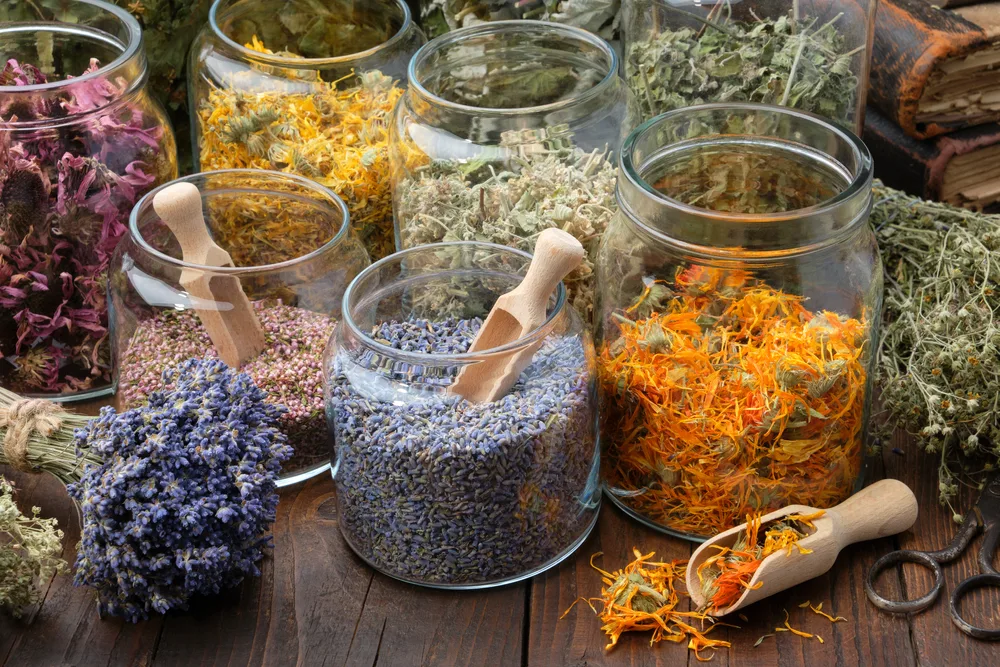
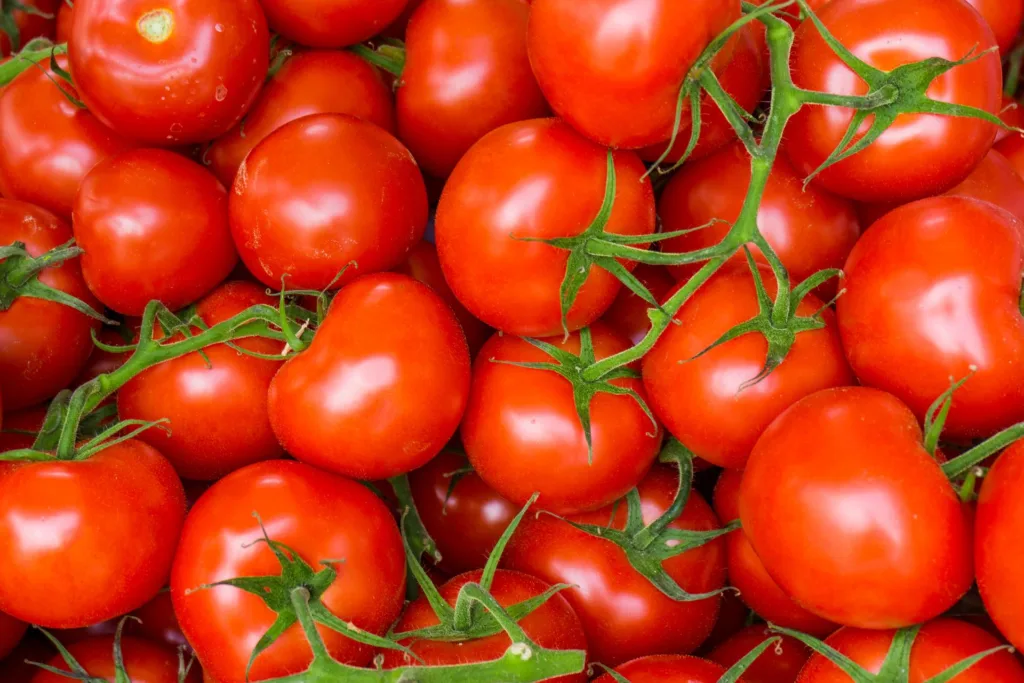




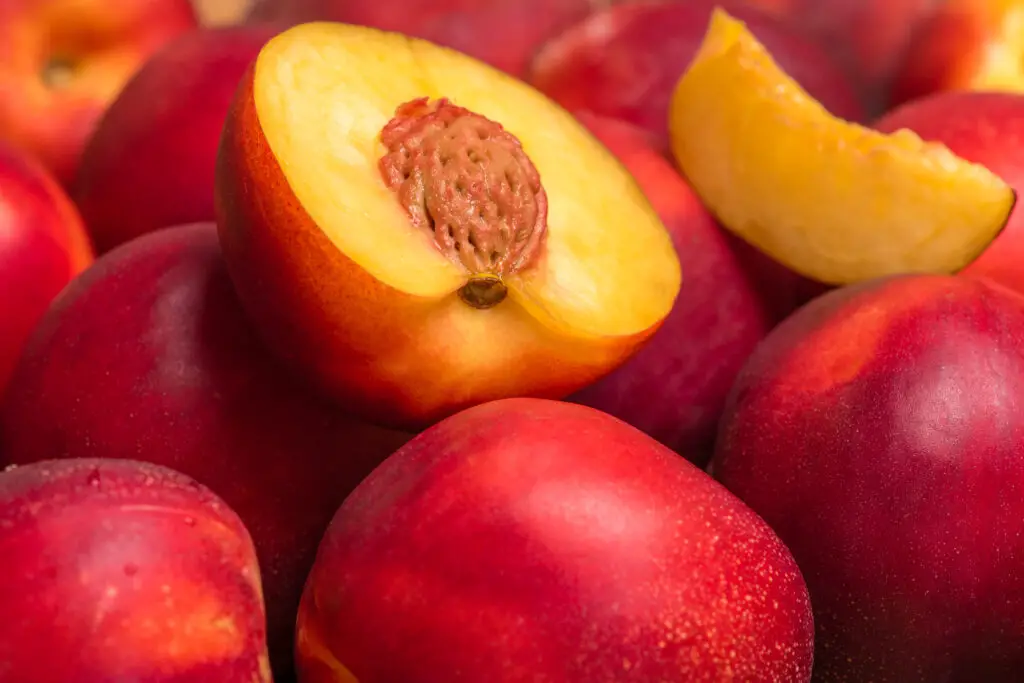
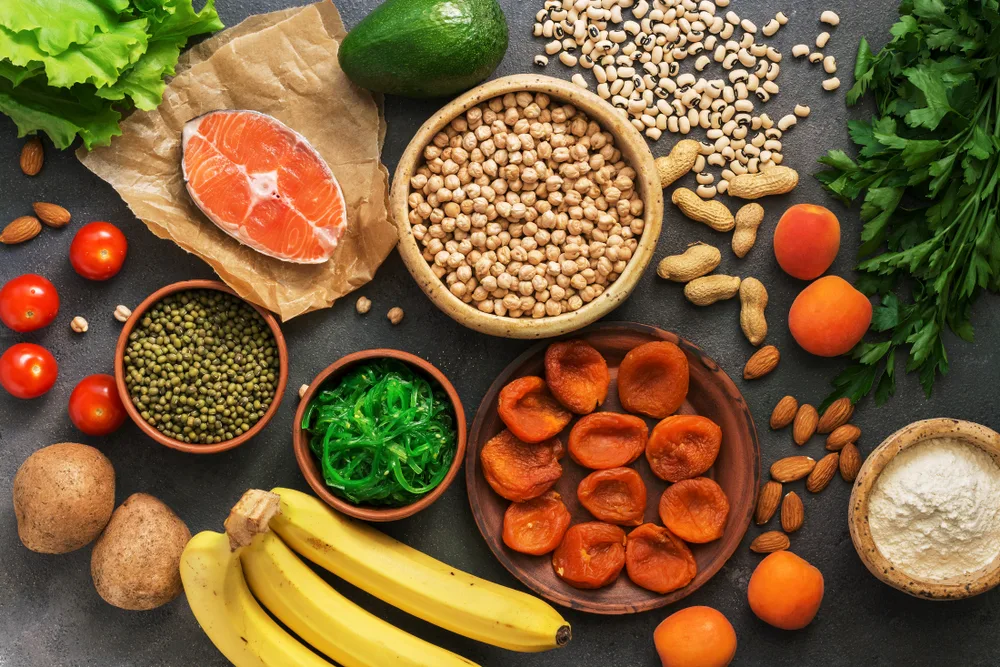
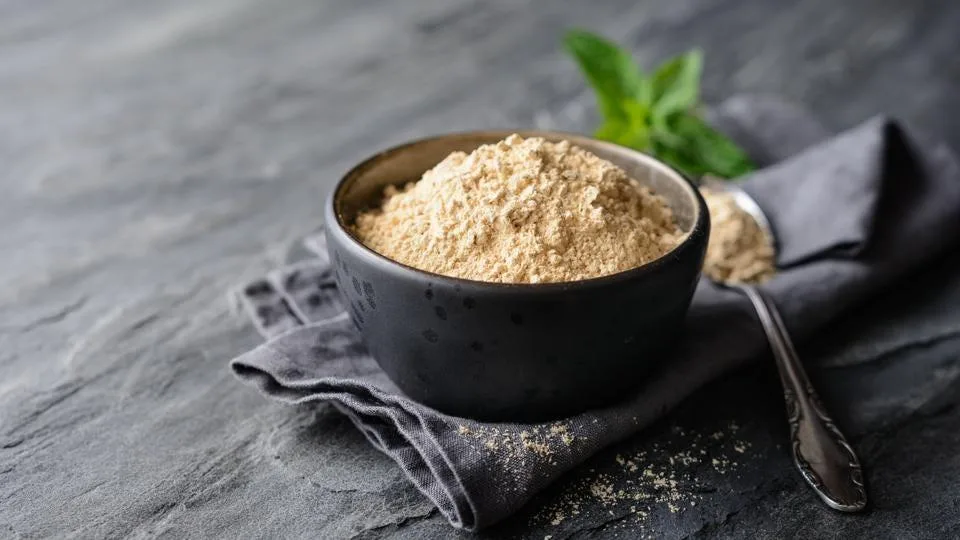



Comments
0